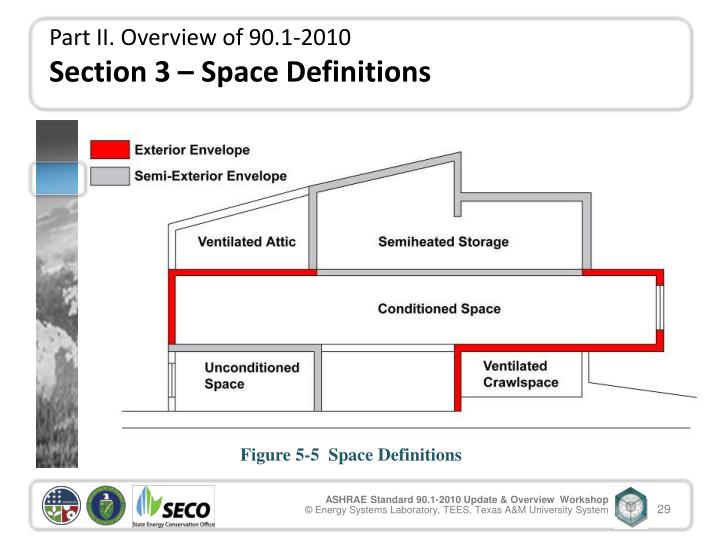
The R-value specification in standard defines both the rated R-value of the insulation and the depth or width of the insulation. For unheated slabs, insulation may or may not be required depending on your climate zone, whether or not the project is residential, and which edition of Standard 90.1 is being referenced. Heat losses from heated slabs are greater than that of unheated slabs because the temperature is warmer. Heated slabs-on-grade will feature hot water pipes or coils embedded within or beneath the slab to provide space heating. Unheated slab-on-grade floor: a slab-on-grade floor that is not a heated slab-on-grade floor.

Heated slab-on-grade floor: a slab-on-grade floor with a heating source either within or below it. Let's unpack the issue in the context of ANSI/ASHRAE/IES Standard 90.1 - Energy Standard for Buildings Except Low-Rise Residential Buildings.įirst, the standard defines two classes of slab-on-grade: Comparisons to relevant design codes are presented and predictive methods for determining thermal performance of assemblies are proposed.Slab-on-Grade Insulation Requirements in ASHRAE Standard 90.1 The contribution of isolated details and the sensitivity of overall thermal performance to these details is presented herein. The parametric study included steel thickness, stud depth, stud spacing, and was conducted across ASHRAE 90.1 climate zones.


To determine the influence of these engineering decisions, a large parametric study of wall assemblies was conducted via three-dimensional steady-state thermal analysis. While the performance and efficacy of insulating materials and potential mitigation strategies is known, prior works have not examined the impact of specific detailing inherent to these wall systems. These assemblies are typically comprised of studs and tracks, sheathed in gypsum and weather-proofing sheathing. This work specifically examines the thermal behavior of cold-formed steel wall assemblies. Furthermore, poor thermal performance also results in condensation and occupant discomfort. Thermal bridges have a negative impact on overall embodied energy in the structure, which can be compounded over the service life of a building. Steel elements installed at or in the building envelope are susceptible to forming thermal bridges, where heat and energy are transferred from the building interior to the exterior.


 0 kommentar(er)
0 kommentar(er)
